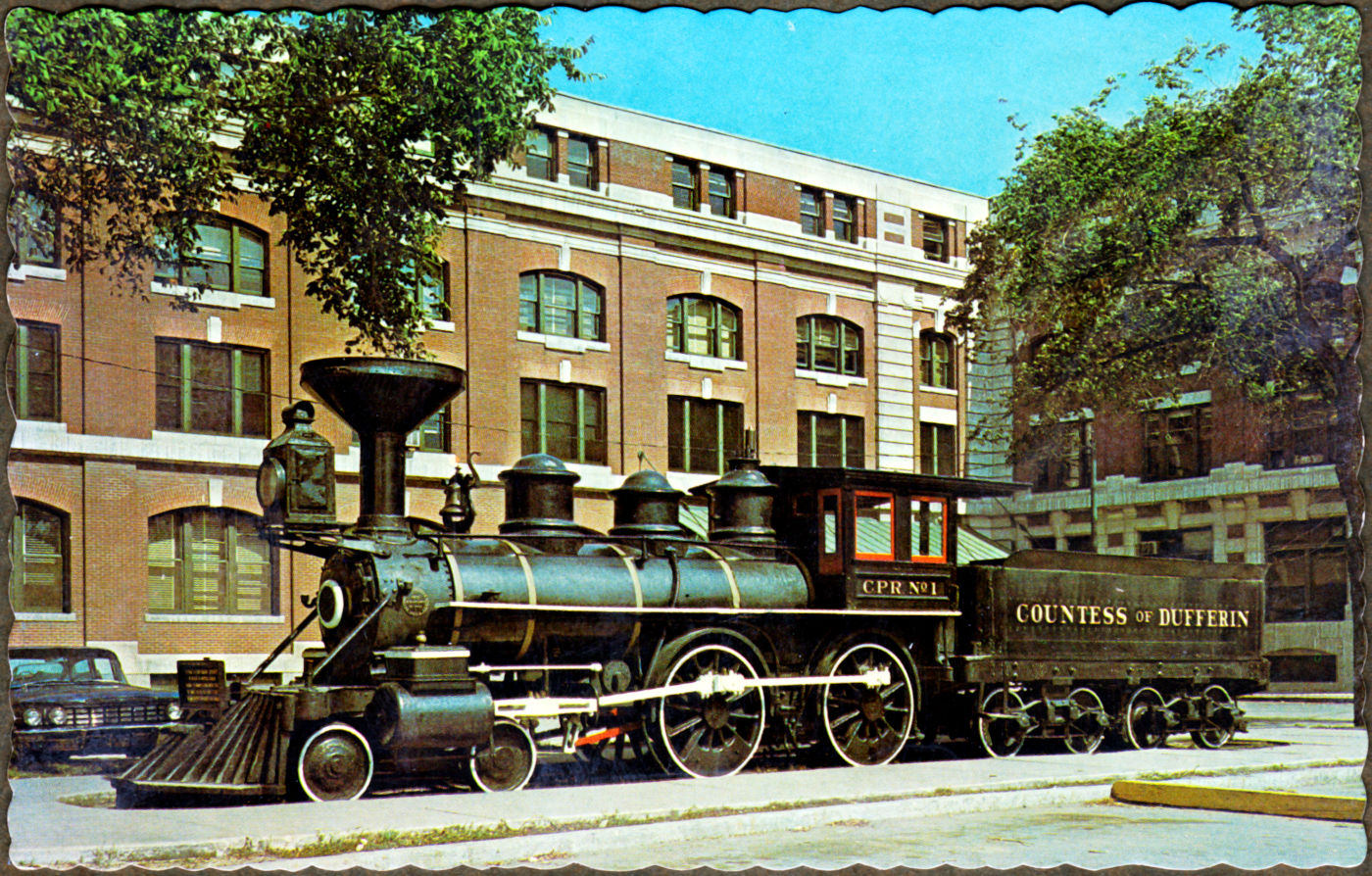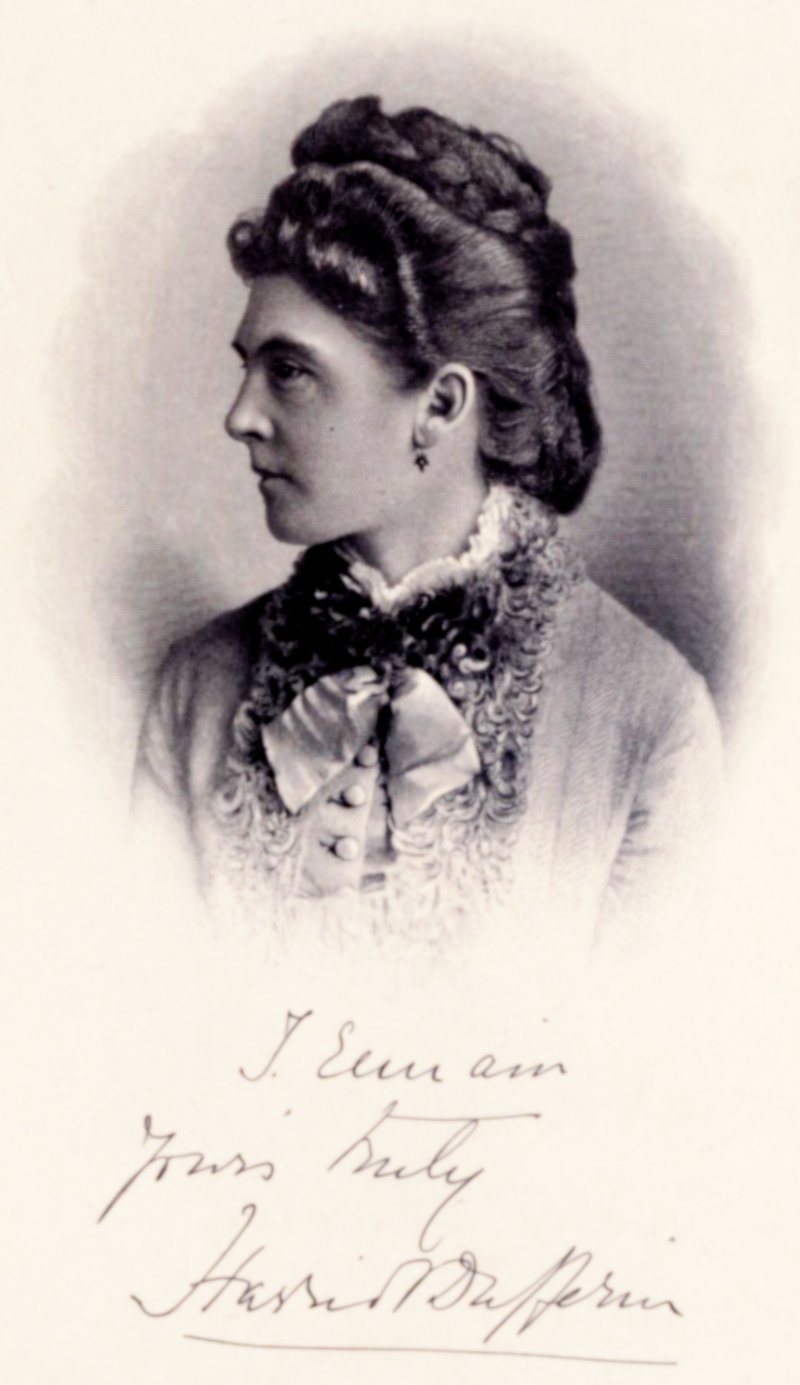At the top of the postmark, you can barely make out GT Ry. According to its serial number, the postcard below was published in 1910 - although the photo may have been taken earlier. Lords Mills is northeast of Brockville.
The postcards below all show the CPR station at Winnipeg.
It is interesting to see how postcards were used for everyday messages. A telegram would be more cumbersome to arrange and costlier to send. A long distance telephone call would have been extremely expensive - to the point of being unthinkable. I marvel at how postcards used locally for routine messages often showed photo subjects which were so far away.
Finding the correct name for the historical writing utensil used below was interesting.
When roller bearings were developed, it seems that the old brass bearings were retro-actively renamed plain bearings - prior to that, they were probably just called ... 'bearings' ... maybe 'brasses'.
... Similarly, a fountain pen - an instrument composed of a nib fed from a refillable reservoir (or a disposable plastic cartridge) was a new technology which superseded a ... 'pen'.
... The 'pen' was 'a stick with a nib' which held ink by surface tension. During a writing session, it was continually dipped into a bottle of ink. Before that, people would cut a large feather's shaft (the quill or calamus) on an angle and dip that into a bottle of ink.
This first type of mass-produced 'pen' with a metal nib - as used below - is now often referred to as a calligraphy dip pen.
When we were taught cursive writing in Montreal in the mid-1960s (around Grade 4), we used fountain pens with plastic ink cartridges. Pressing down on the pen would spread the tines of the nib to make a thicker line. Often downstrokes are wide and lateral strokes are thin. Ballpoint pens were a great improvement and a great relief - once we had completed our fountain pen phase!
I don't remember seeing a 'pen' being used like this on a postcard before. You can see how Mabel is in a rush to complete her message. In her phrase 'short of men at the shops' ... her nib dries out and she goes back with a freshly-dipped pen to cross the 't' in 'short'.
Communicating this kind of haste through calligraphy must violate all kinds of Victorian-era rules of etiquette - but the stamp shows King Edward VII, so get over it! (He died during the same year the postcard was sent - in May of 1910.)
Mabel (the sender) has probably been told to send this message by Jack. She is probably not happy about being caught in the middle. Gressie's father evidently wants his house painted now. I think Gressie is an old Scottish familiar version of 'Grace' ... from what I could find.
* * *
In every way, the underlying subject of this post was the epitome of Victorian grace.
Her spouse would probably generously pay someone to paint your house..
But first, some postcards showing a locomotive ...
The very small circular marking at the top-centre indicates this card was printed in Cambridge, Massachusetts.
* * *
* * *
 |
from: Manitoba Historical Atlas; Warkentin & Ruggles; 1970; Historical & Scientific Society of Manitoba. |
 |
| from: A Caricature History of Canadian Politics; JW Bengough; 1886; The Grip (reprint 1974). |















